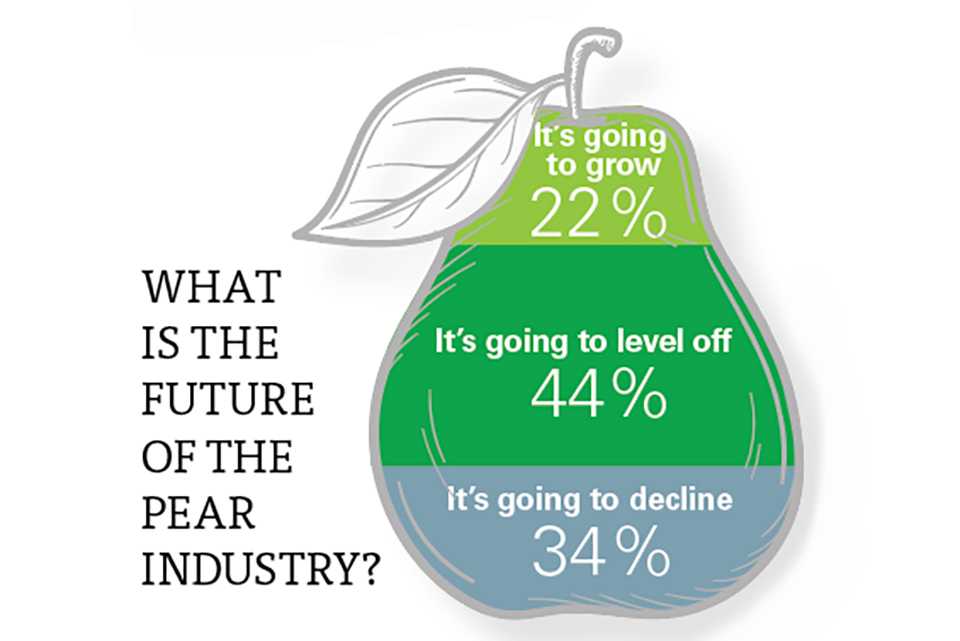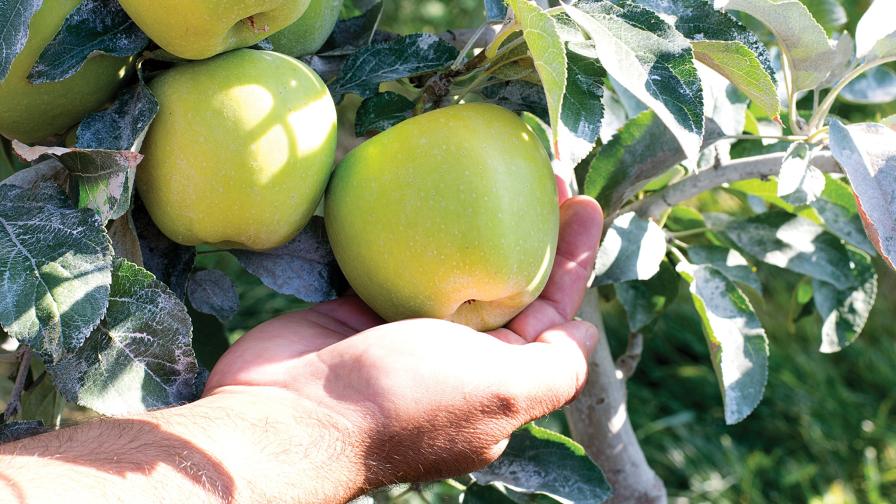Apple Growers Uneasy About Confusion Over Varieties
The topic of new varieties again lit a fire under apple growers in the American Fruit Grower® and Western Fruit Grower® magazines’ 2021 State of the Industry survey, but this year growers are decidedly more negative than in the past. Whether it’s simply a case of growers feeling more negative in general this year — which is not necessarily borne out by other responses — or that satisfied growers are just quietly happy, more than 90% of the respondents take a dim view of all the new apple varieties.
“As a retired tree fruit scientist who worked prominently in the old ‘NE-183’ apple variety evaluation project, I’m interested in the new varieties. However, I have never agreed with the restrictions placed on growing these by universities. As land-grant universities, these varieties should be available to all growers,” says one respondent.
Availability of new varieties is definitely a sore spot, as well as several others enumerated below, but it should not overshadow one interesting result pulled from the overall numbers that may well be due to the new varieties. It’s somewhat surprising that more pome growers, even in this generally rotten year of COVID-19, say they will increase production this year, 36%, more than did last year, 34%.
However, it should be noted that the number of growers planning to decrease production this coming year grew even higher. That percentage stayed in the single digits for many years, only going into double digits last year — 13%. But this year that figure is significantly higher — 21%.
It’s not like all the feedback on new varieties is pessimistic. For example, one grower points out that “they keep non-fruit growers interested in fruit.” Says another: “They will be a positive experience for consumers.”
Another factor accounting for the lack of positive feedback is that the 600-pound gorilla among the newer varieties, ‘Cosmic Crisp’, is glaring by its absence this year. The apple, widely planted in Washington state — the only state where it can be grown — was frequently mentioned in past years, often in glowing terms.
CONSUMER CONFUSION
Growers are clearly concerned about consumers’ reaction to new varieties. “(I’m) excited but fearful that, with apple consumption in general continuing to be flat, (they) will only push out more of the solid, traditional varieties,” says none grower.
Others chime in: “It’s creating consumer confusion, which has the net effect of decreasing total apple sales in the U.S.” Says another: “Just too many varieties. Consumer confusion, not consumer delight. Still chasing high color instead of high quality (dessert quality).”
“Confusion” is a word seen time and again: “I think all we will do is confuse the consumer. We have more than we need now.” Says another: “There are too many. There are already plenty of really good ones. It is starting to confuse customers with so many choices.”
Other growers are concerned about marketing new varieties, although they have different views. Says one: “It’s still to be seen if the new varieties are actually good apples or just marketed so heavily that everyone thinks they are good.”
Says another: “I think new varieties are going to be very risky. Without the volume and marketing to support them, I think new varieties will have a hard time competing on an already crowded shelf.”
GROWER CONFUSION
Almost as many growers say they are as concerned about their own confusion when it comes to the new varieties as they are about that of consumers, because it’s so much harder to figure out which to go with.
One says he’s going to “wait and see — there have been other varieties that were to be the next big money.” Another agrees: “It’s hard to continue planting when the new varieties will fall out of fashion in a short period of time.”
In fact, the topic attracted a number of colorful quotes from growers.
“The mass introduction of new varieties creates challenges for growers trying to decide what to plant for the future,” says one. “It closely resembles gambling.”
Says another: “We are done planting new varieties for now. Breeders are nuts if they think they can just keep pumping out more varieties.”
Still another: “It’s very difficult for growers to recoup expenses for the returns we are seeing. We are being ‘Clubbed to Death.’”
And finally: “I’m sick of new varieties. They are moneymakers for packing houses, not growers. I’m curious to see how the ‘Cosmic Crisp’ market share evolves, but we will stick to proven heirloom varieties for our direct sales.”
ACCESS A PROBLEM
The grower citing heirloom varieties is not alone. This year, in a trend not seen before, several growers say they have no opinion of the new varieties, as they mainly grow heirlooms.
“Not much,” says one grower of the new varieties in a typical response, “We grow heirloom fruit.”
Finally, as in past years, many growers complained about access to the new varieties that have restrictions on who or where they can be grown, often both.
“Too many are restricted to clubs,” laments one grower.
Says another: “We would like to be involved with some club varieties that we are not allowed to grow.”
Still another finds them more than just unfair. “It would be better if they were available to all growers,” he says. “I consider managed varieties to be a restraint upon trade that hurts small growers such as myself.”
 PEAR GROWERS’ CONCERN DEEPENS
PEAR GROWERS’ CONCERN DEEPENS
Unfortunately, the number of growers saying they expect the pear industry to grow in the future dropped to 22% this year from 30% the year before.
If that isn’t bad enough, the number of growers saying they expect to see a decline in the future increased slightly from the previous year, from 28% to 34% this year.
“Slowing canned consumption and cost of labor/regulations will slowly kill the pear industry,” says one grower, representing the more extreme comments but not by a lot.
“The pear industry is a difficult one due to its labor needs. Automation is very difficult,” adds another. “Margins are thin, and risks are tremendous. Regulation is ever-growing and costly.”
The answer? “(The industry) needs new varieties,” says one grower.
Laments another: “(There’s) nothing new or exciting with varieties.”
There’s also a little pome envy going on, says one grower: “We need new pears, not apples.”
However, there is an unusual bright spot on the survey — one not seen before.
“I have people asking about them all the time — especially Asian pears,” says one grower.
Seconding the motion, another says: “Especially Asian pear varieties.”










